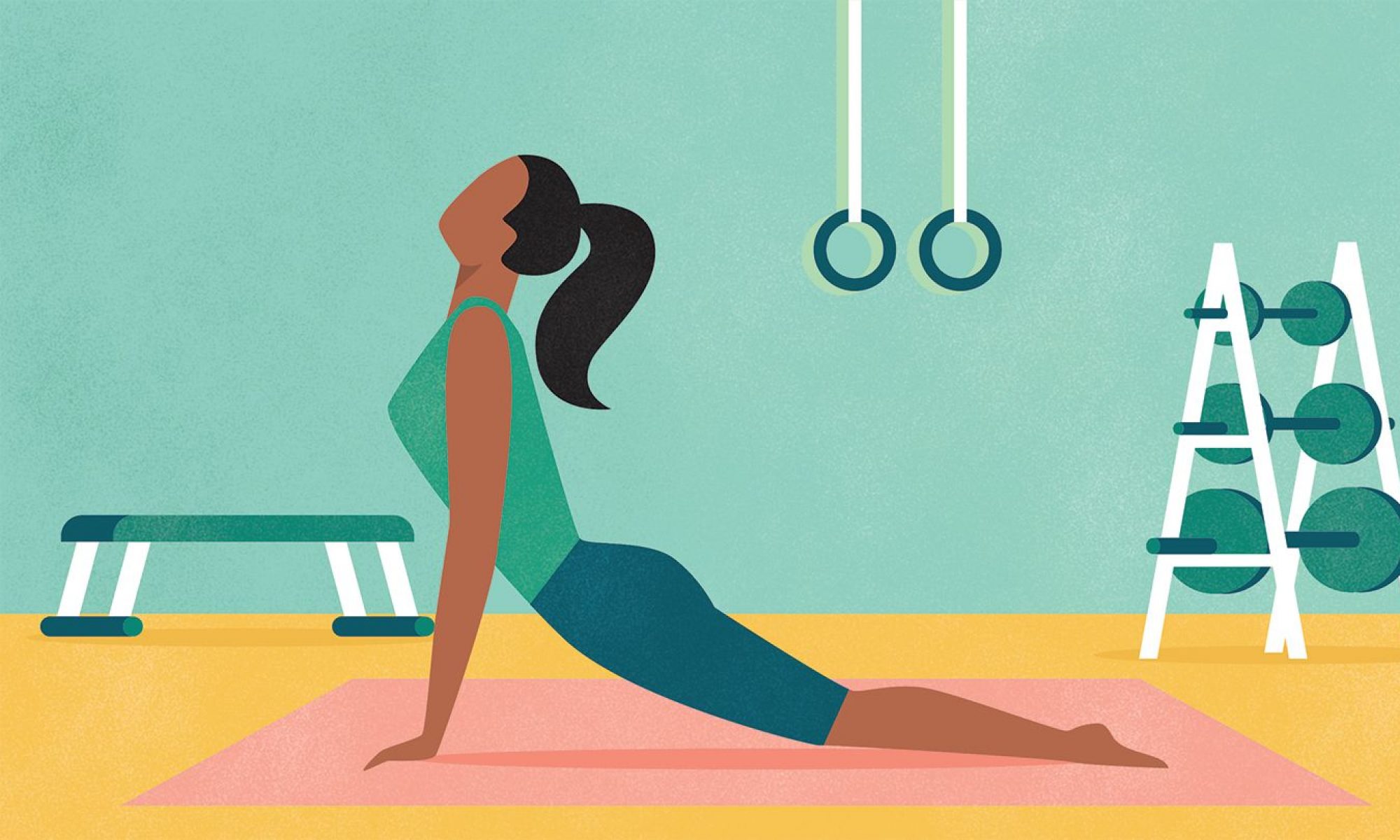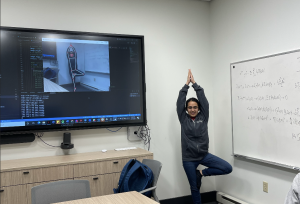Current Progress:
- Wrote out the pose correction rendering code to dynamically highlight user nodes that need correction
- Went to Home Depot to obtain the wood pieces and get the corresponding cuts completed, beginning assembly
- Worked on finalizing mirror coordinate mapping component and testing methodology with example data points prior to full integration testing post-hardware completion
Timeline:
- Our initially scheduled tasks on the timeline focus on the Mirror UI and the Mirror-Camera calibration components which we are on track to fully complete and test in an integrated environment this week. We are slightly behind on the error rendering component of the UI (need to actually have corrective suggestions not just highlighted errors) and the hardware assembly, but we plan to have that finished this week.
Next Steps:
- Need to update pose correction rendering to actually give corrective suggestions not just error highlighting/signalling
- Will complete hardware assembly/integration
- Test mirror mapping component using completed hardware setup


